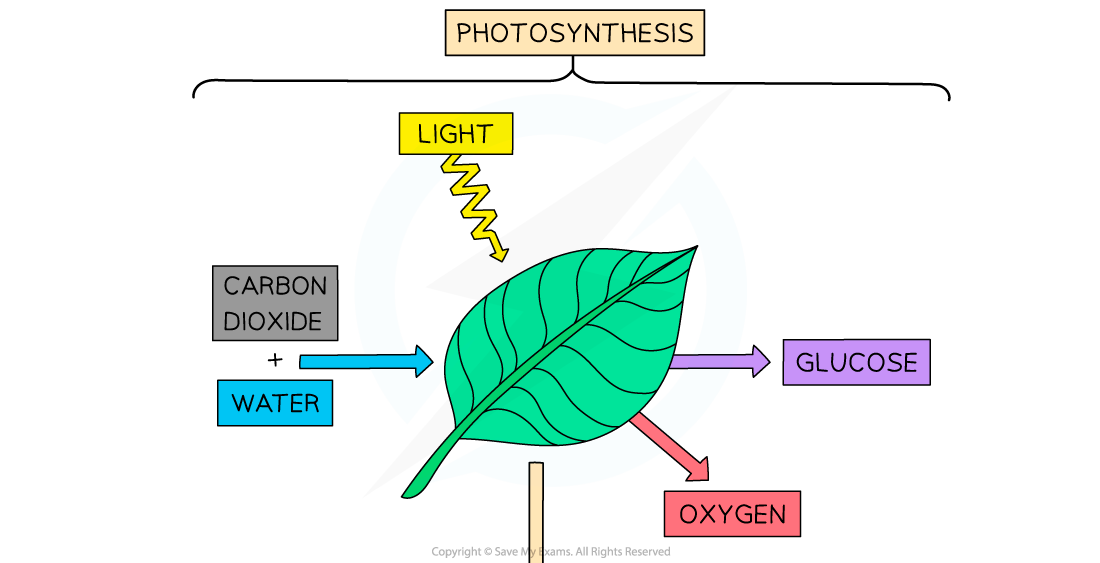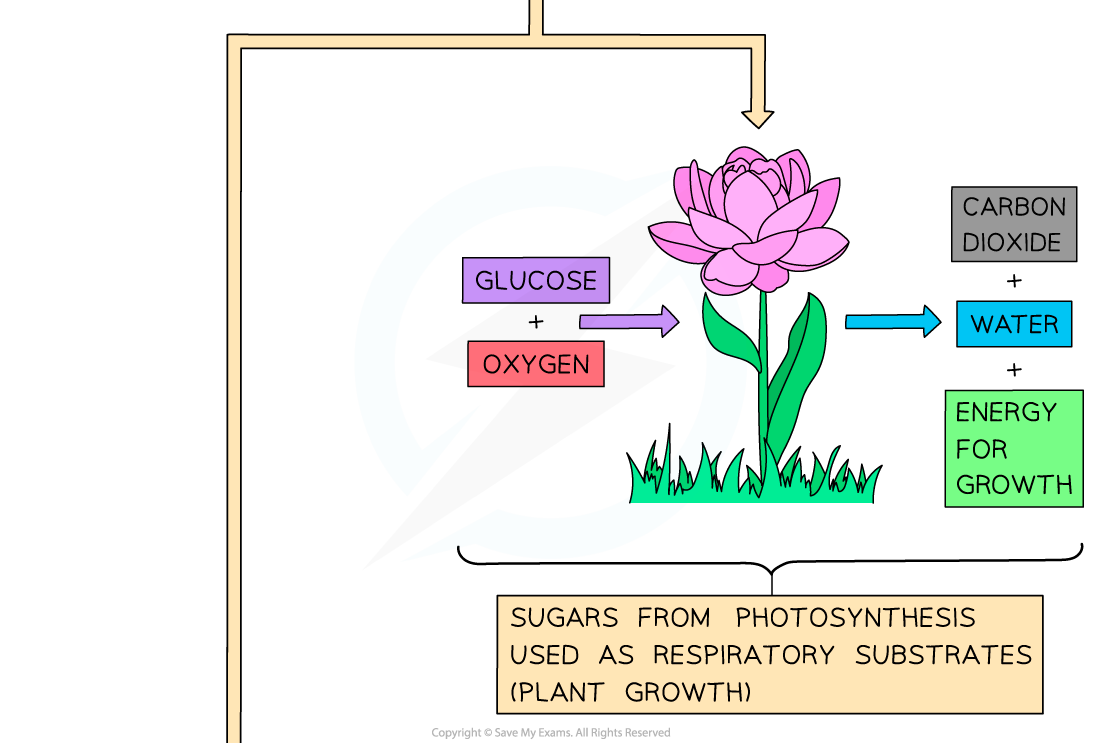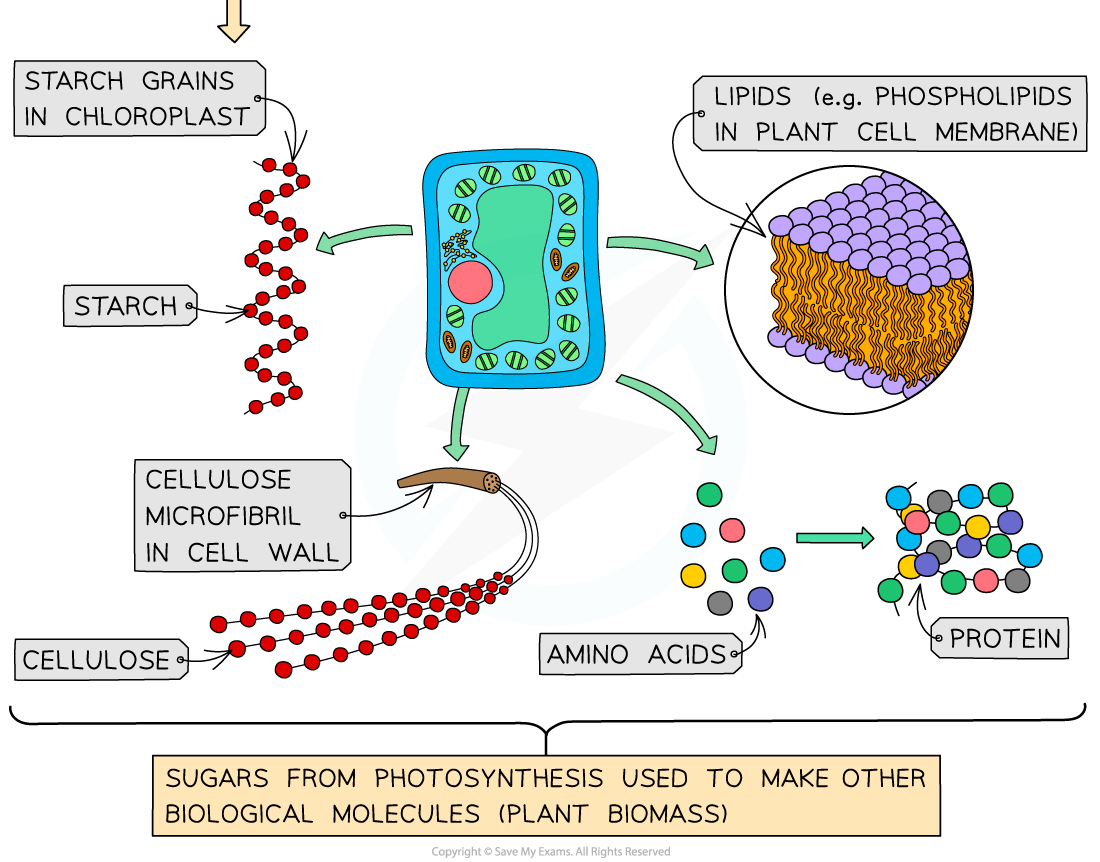- 翰林提供学术活动、国际课程、科研项目一站式留学背景提升服务!
- 400 888 0080
AQA A Level Biology复习笔记5.3.2 Photosynthetic Products
Photosynthetic Products
- The process of photosynthesis transfers light energy to chemical energy in biological molecules
- In ecosystems where sunlight and water is available, the process of photosynthesis enables plants to synthesise organic compounds (glucose and other sugars) from carbon dioxide
- Most of these sugars synthesised by plants are used by the plant as respiratory substrates
- A respiratory substrate is a molecule (such as glucose) that can be used in respiration, to release energy for growth
- The remaining sugars (not used in respiration) are used to make other groups of biological molecules, such as:
- Starch - a complex carbohydrate molecule (formed from many glucose molecules) that acts as a short-term energy storage molecule
- Cellulose - another complex carbohydrate molecule (also formed from many glucose molecules) that acts as a structural component of plant cell walls
- Lipids - plant cells can convert the sugars produced during photosynthesis into lipids, which act as another type of (longer-term) energy storage molecule
- Proteins - plant cells can also combine the sugars produced during photosynthesis with nitrates to make amino acids, which can then be used to produce proteins
- These different groups of biological molecules (all formed from the sugars synthesised by plants during photosynthesis) make up the biomass of the plants
- The biomass is the mass of living material
- The biomass can also be thought of as the chemical energy that is stored within the plant



The sugars synthesised during photosynthesis can be used in respiration or the creation of other biological molecules needed by plants
转载自savemyexams

早鸟钜惠!翰林2025暑期班课上线

最新发布
© 2025. All Rights Reserved. 沪ICP备2023009024号-1








